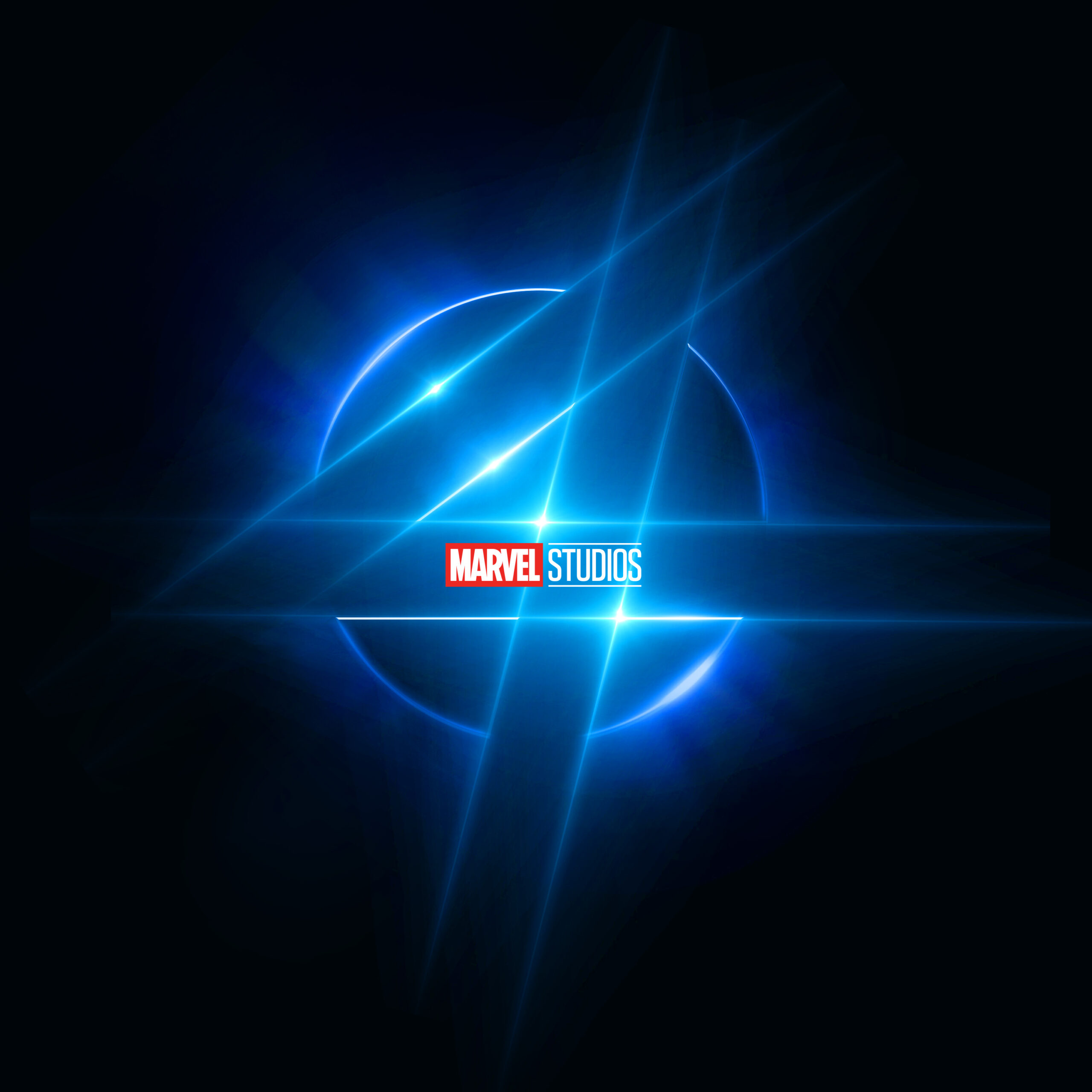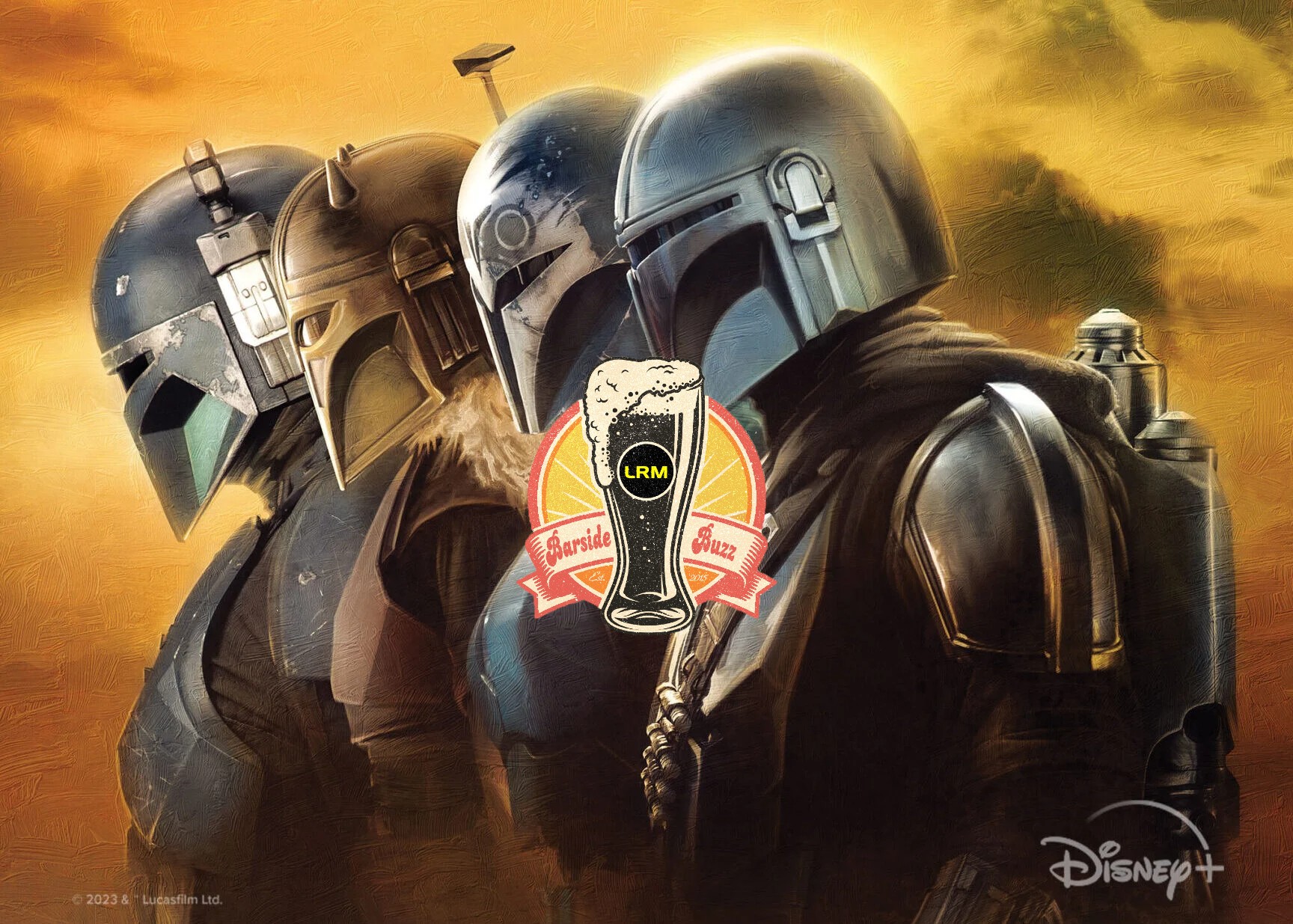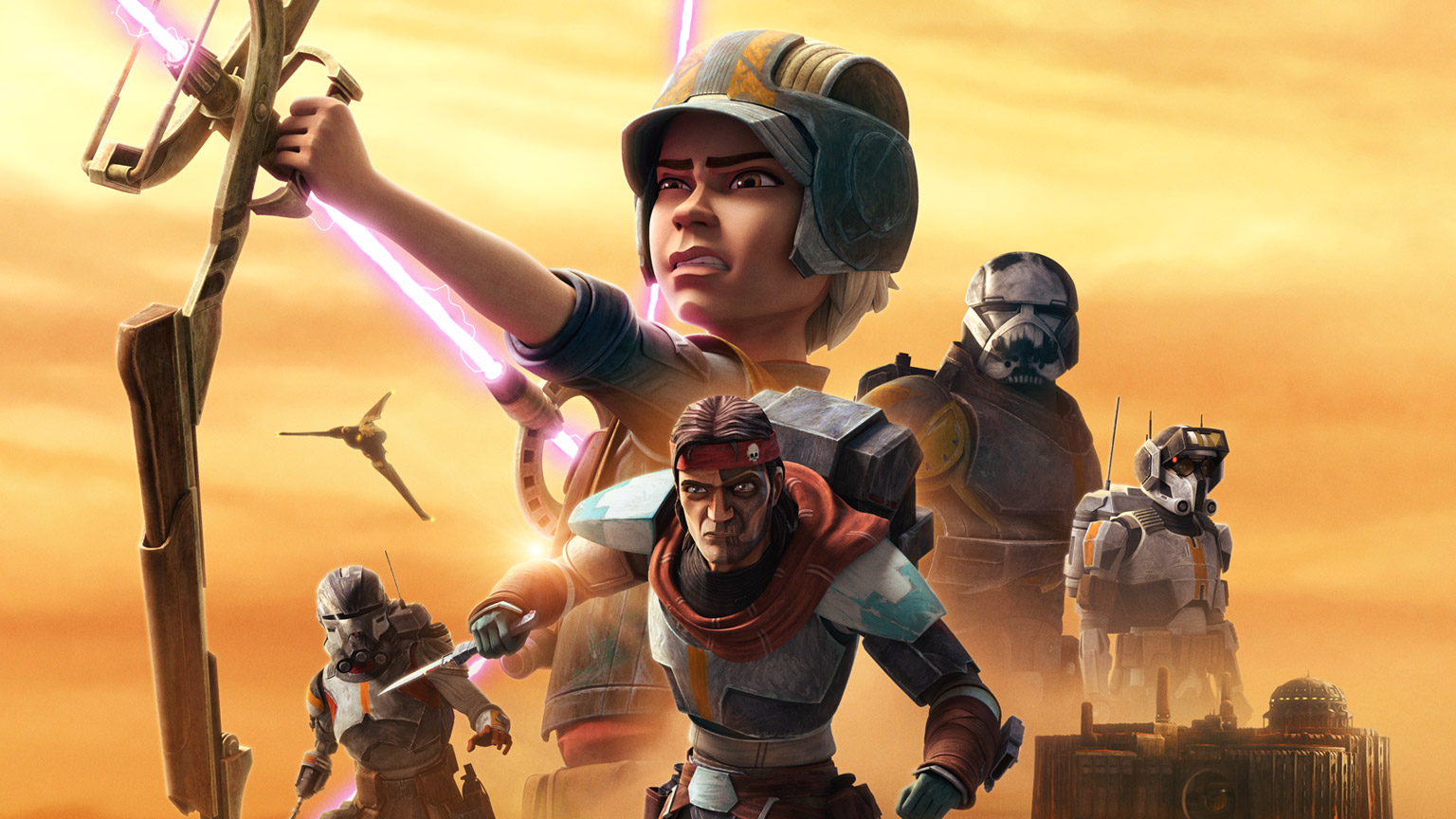
 |
By David Kozlowski | 8 September 2017
Welcome to Issue #11 of The LRM WEEKEND, a weekly column offering opinions about film, TV, comics, Star Wars, Marvel, DC, animation, and anime. We also want to hear from you! Share your feedback and ideas for future columns: @LRM_Weekend PREVIOUS ISSUES: 8.30.17 | 8.18.17 | 8.11.17 | 8.4.17 | 7.28.17 |
Hey LRM Weekenders, we’re back with an all-new issue (and a few new changes too)! We’re getting great response to the column; and based on your feedback we’re going to reduce the length of the column a bit going forward. We’ll continue writing our popular Editorials every week, but we’re only going to address one other major topic per column (The Creators, The Genres, The Fighters) on a rotational basis, and of course we’ll still share what we’re watching!
This week we’re taking a look at the amazing art of Ralph McQuarrie, the concept artist who literally designed the look of Darth Vader! Over in our Editorial we’ll discuss whether or not the TV Networks should give up making comic book shows. We hope you like the tighter focus in LRM Weekend, please keep sending us your feedback and requests.
![]()
TV Networks Need To Get Out Of The Comic Book Business — Leave Comics-Based Shows To Cable And Streaming Services!
The 2017 fall TV season is upon us, and the networks are pushing yet another round of new pilots (for weekly shows and mini-series), including a boatload of new comic book adaptations. While cable (primarily FX, AMC, SyFy) and streaming services (Netflix, Hulu, Amazon) are offering-up engaging and compelling material, like The Tick, Preacher, and the Marvel shows on Netflix, over on the traditional networks they’re still pumping-out sludge like the Inhumans, Gotham, and Lucifer.
The networks need to realize that they’re in over their heads, they simply don’t understand these audiences, and they need to stop producing comic book shows. The networks should simply focus on what they do best: sitcoms, procedural dramas, and reality shows.
So, how is it that such high-quality content like Jessica Jones or Legion can be produced at one end of the creative spectrum, while garbage like Powerless, Heroes Reborn, and No Ordinary Family keep vomiting their way onto primetime television each week (and generally giving comic book shows a bad name)?
According to Variety, there are currently 20 comic book shows scheduled to air on networks, cable, and streaming services in 2017, and another 18 more coming in 2018. As crazy as that sounds, Newsarama lists another 4 dozen new comic-book shows either in-development or in-production… I’m not kidding. That’s way, way, way too many comic book shows; most of these shows won’t survive their first season (nor should they).
Has it always been this way with comic book adaptations and the networks? Comic book shows have been a TV staple on the networks since the very beginning. George Reeves’ Adventures of Superman debuted in the 50s, and then there was the campy but wildly popular Batman on ABC in the 60s. Anyone remember The Incredible Hulk or The Amazing Spider-Man series on CBS from the 70s? No? The Incredible Hulk was pretty solid… but The Amazing Spider-Man, hoo-boy was that show awful, check out the opening credits sequence:
Everything changed in 2010 when Robert Kirkman’s The Walking Dead premiered on AMC. Fans of the medium couldn’t believe what they were seeing: a literal and loving adaptation of a popular comic book with virtually no constraints. TWD was an overnight sensation, immediately claiming the top spot in the weekly Nielsen ratings (where it’s remained ever since). Arrow premiered on The CW in 2012, proving that at least one network had a clue how to handle this material. A few years later Daredevil hit Netflix, and that’s when the flood gates really opened-up.
Since TWD arrived, the networks have struggled to keep pace with cable and the streaming services. Could you imagine what TWD or Daredevil would look like on NBC or CBS? Take a hard look at the Inhumans in a couple weeks on ABC and you’ll have a pretty good idea. The current network model is getting slaughtered by streaming services, for a variety of reasons.
We’re obviously in an era of too much good stuff to watch, particularly with respect to comic book series. The challenge is not finding a good show to watch, it’s finding the time to stick with it. Networks continue to rely upon long seasons, ad dollars, and the holy grail quest for syndication. It’s an anachronistic system that’s being left in the dust by premium cable and streaming services… cable TV remains stuck somewhere in the middle, still relying upon ads and syndication.
I believe that the true underlying problem is the standard season length for any network series (23-26 episodes). Unless a show debuts as a replacement or the network only purchased a small initial run, they’re locked into this model. A 23-episode season can be a slog for many viewers; narratives are stretched and padded, too many characters are introduced to fill space, and frequent breaks during the season (mid-season finales, holiday breaks, etc.) all conspire to distract, bore, and alienate viewers. Simply put, networks make it ridiculously challenging to stay engaged with any single show over what is typically a 6-month-long season.
Let’s consider The CW, which has somewhat mastered the art of producing compelling and enjoyable live-action DC Comics series (mostly). This fall their lineup includes: Arrow, The Flash, Legends of Tomorrow, Supergirl, iZombie, Riverdale, and Black Lightning — here’s the thing, if you’re really, really into all of these shows you’ve got a commitment of around 150 episodes to follow this fall (that’s a helluva lot of space on your DVR).
Meanwhile, cable and streaming networks seem to have found the sweet spot for season length (between 10-15 episodes). This allows for tighter storytelling, a focus on fewer character, and generally creates demand. When Netflix dropped Daredevil Season 1 in 2015, fans were gasping for more several days later. That’s genius! Knowing how long to stay is a talent for any show, but it’s particularly important on comic book shows that live and die by action and fight scenes — this is Arrow‘s problem, for example.
With the exception of The CW, when the networks somehow produce something worth watching, they still manage to screw it up and kill the material before it has a chance to succeed. ABC’s Agent Carter was fairly solid, but it failed to build sufficient audience and was killed the following season. ABC’s other Marvel show, Agents of S.H.I.E.L.D., has often struggled to find an identity, but each time they hit upon something cool (Mockingbird and Inhumans storylines), ABC/Marvel spin-off the characters into new shows, which ultimately undercuts AoS.
The networks simply aren’t suited to host comic book shows. They’re hamstrung by long seasons imply smaller budgets, which means special effects (the costliest element of any show) suffers the most. The CW’s The Flash is an effects-heavy show, but they regurgitate the same dozen effects shots over and over again, diminishing their impact. Contrast this with Legion or The Defenders, who were more deliberate with their effects and used them for maximum effect. Violence, sex, and other mature content are the bread and butter of cable and streaming comic book shows, but you’ll never see that sort of thing on the networks. For example, Luke Cage is partially defined by his sexual prowess, but on ABC that bit of characterization would have been significantly neutered.
In the end, network television does a great job with particular types of content (news, sports, sitcoms, procedurals, reality) and that’s where they should focus; although, cable and streaming services have been cutting into those businesses for years too. Networks fundamentally have to appeal to a broad audience and they have to be mindful of what their advertisers will tolerate; cable and streaming services cater to niche audiences by their very nature. Essentially, a quality comic book show that respects the source material just won’t fly on the networks, and they should stop wasting everyone’s time. They won’t stop, of course, so it’s up to fans to vote with their DVRs and subscriptions. Until then, lower your expectations for The Gifted on Fox or Damage Control on ABC.. or just do like the rest of us and tune into The Punisher on Netflix, which (I’m betting) will be several hundred percent more enjoyable.
SOURCES: Variety , Newsarama , The CW , Netflix , CID296
![]()
Each week in The Creators we’ll showcase a legend or innovator from our favorite comics, movies, and shows via profiles, interviews, and documentaries that highlight these amazing individuals from any point in the last 100 years of pop culture.
LEGENDARY CONCEPT ARTIST: RALPH MCQUARRIE

RALPH MCQUARRIE RETROSPECTIVE #1
RALPH MCQUARRIE RETROSPECTIVE #2



Who Is Ralph McQuarrie?
 Ralph Angus McQuarrie (1929-2012) was an American conceptual designer and illustrator. His career included work on the initial Star Wars trilogy, the original Battlestar Galactica television series, the film E.T. the Extra-Terrestrial, and the film Cocoon, for which he won an Academy Award.
Ralph Angus McQuarrie (1929-2012) was an American conceptual designer and illustrator. His career included work on the initial Star Wars trilogy, the original Battlestar Galactica television series, the film E.T. the Extra-Terrestrial, and the film Cocoon, for which he won an Academy Award.
McQuarrie’s personal life is as compelling as his artistic career. He was born in Gary, Indiana and raised on a farm near Billings, Montana. He served in the United States Army during the Korean War and surviving a shot to the head. McQuarrie moved to California in the 1960s and studied at the famous Art Center School. He initially worked for a dentistry firm, the Boeing Company, CBS News — where he designed posters and created animations for coverage of the Apollo space program, where he drew George Lucas’ attention.
Why Should We Care?
For those of us of a certain age, who experienced Star Wars during its initial theatrical run in the late 70s, part of the Star Wars experience was collecting the cards (yellow, green, blue, orange, and red series by Topps) — many of these cards contained amazing illustrations of space paintings, lightsaber battles, and amazing aliens (if you’ve somehow kept these in mint condition, they’re worth some serious cash). None of us knew it at the time, but this was the concept art of Ralph McQuarrie; his concept work literally defined the appearances of Darth Vader, Chewbacca, and R2-D2. McQuarrie’s concept art were crucial in helping Lucas secure approval and funding from 20th Century Fox for the first Star Wars film.
McQuarrie also contributed to numerous other sci-fi movies and TV shows, including Star Trek, Battlestar Galactica, E.T., Raiders of the Lost Ark (1981), Star Trek IV: The Voyage Home (1986) and *batteries not included (1987). He also designed the alien ships in Steven Spielberg’s Close Encounters of the Third Kind (1977) and E.T. (1982).
Though McQuarrie only created art for the first three Star Wars movies, his work has inspired generations of artists, including every Star Wars film after the original trilogy. Producer Rick McCallum offered McQuarrie a designer rolefor the prequel films, but he rejected the offer, noting he had “run out of steam.” McQuarrie died aged 82 on March 3, 2012, in his Berkeley, California home, from complications of Parkinson’s disease; he is survived by his wife Joan.
SOURCES: Sideshow Collectibles , transitionpictures , StarWars.com
![]()

It’s the weekend, which means it’s finally time to catch-up on all the stuff we’ve bookmarked on Netflix, YouTube, Hulu, Amazon Prime Video, Vimeo, Twitch… you get the idea. The LRM community has millions of hours of stuff on our collective DVRs. We want to hear from you; tell us the shows, movies, etc. you’ve recently finished, or have queued-up!
MASTER OF NONE (NETFLIX)
What Is It?
LRM fanboy, David Kozlowski, recommends Netflix and Aziz Ansari’s (Parks and Recreation) outstanding comedy anthology series: Master of None (now in its second season on Netflix). Season 1 earned an incredible 100% on Rotten Tomatoes.
Synopsis: A comedy following the personal and professional challenges that face a 30-year-old New York actor, Dev Shah, whose trials range from the immigrant experience to what pasta he should eat for dinner.
Why Should We Care?
“At a time when diversity in television is the hot topic in entertainment, how fitting it is for a show like Master of None to pop up and serve as the ideal example of what a unique voice can bring to the table.“ — Ben Travers, IndieWire.
Master of None is somewhat reminiscent of the classic sitcom Seinfeld, in that this show follows the life and trials of a struggling actors, his friends, and his extended family. The show addresses contemporary topics like birth control, inter-cultural relationships, and institutional racism. The show is wildly experimental, particularly in the second season where the show more deeply examines Dev and his personal and professional struggles.
This is one of the most inventive and funny shows on television, and though Ansari and his cast offer sometimes scathing observations about American culture they do so in a (generally) mature and thoughtful manner. Many top critics and fans rate this comedy as possibly the best show on any streaming service — it’s well-earned praise, believe me!
SOURCE: Netflix
![]()
STEPHEN KING’S IT (2017)
What Is It?
LRM fanboy, Joseph Jammer Medina, recommends you check out IT this weekend in theaters!
Why Should We Care?
Yeah, I know, this is a film that doesn’t really need my help to get attention. By all accounts, this one is set to hit near $100 million at the box office, and that’s all due to strong reception from critics, and there’s a good reason why.
In the spirit of the Stephen King novel of the same name, IT is a horror film, but it’s so much more than that. It’s not just about the scares and the gore. It’s about kids growing up, the challenges they face, the fears they have, and what they have to do to get over those fears. It’s a funny, heart-filled film with that R-rated edge that helped make it famous in the first place.
If you want to check out my full review, be sure to do so HERE!
SOURCE: Warner Bros.
![]()
What do you think about this week’s selection of LRM Weekend stories? Give us suggestions for future columns in the comments down below!
Don’t forget to share this post on your Facebook wall and with your Twitter followers! Just hit the buttons on the top of this page.

 FOR FANBOYS, BY FANBOYS
Have you checked out LRM Online’s official podcasts and videos on The Genreverse Podcast Network? Available on YouTube and all your favorite podcast apps, This multimedia empire includes The Daily CoG, Breaking Geek Radio: The Podcast, GeekScholars Movie News, Anime-Versal Review Podcast, and our Star Wars dedicated podcast The Cantina. Check it out by listening on all your favorite podcast apps, or watching on YouTube!
Subscribe on: Apple Podcasts | Spotify | SoundCloud | Stitcher | Google Play
FOR FANBOYS, BY FANBOYS
Have you checked out LRM Online’s official podcasts and videos on The Genreverse Podcast Network? Available on YouTube and all your favorite podcast apps, This multimedia empire includes The Daily CoG, Breaking Geek Radio: The Podcast, GeekScholars Movie News, Anime-Versal Review Podcast, and our Star Wars dedicated podcast The Cantina. Check it out by listening on all your favorite podcast apps, or watching on YouTube!
Subscribe on: Apple Podcasts | Spotify | SoundCloud | Stitcher | Google Play



